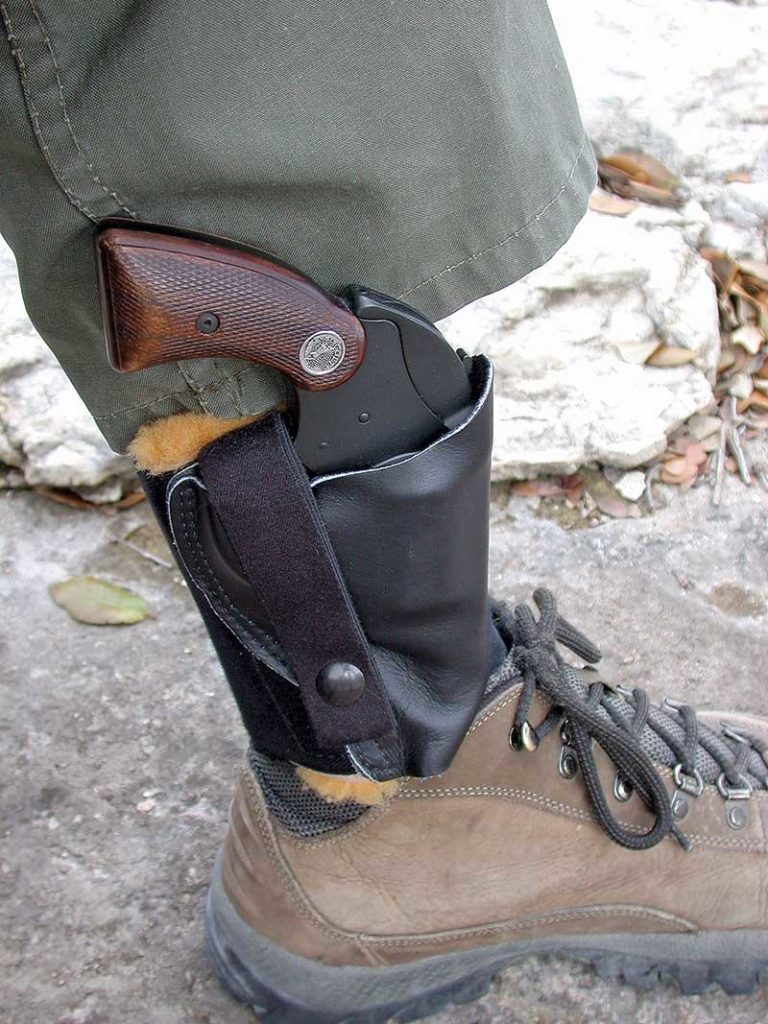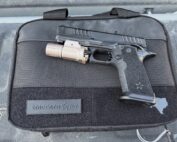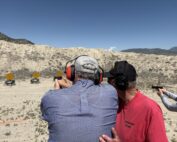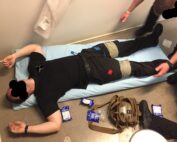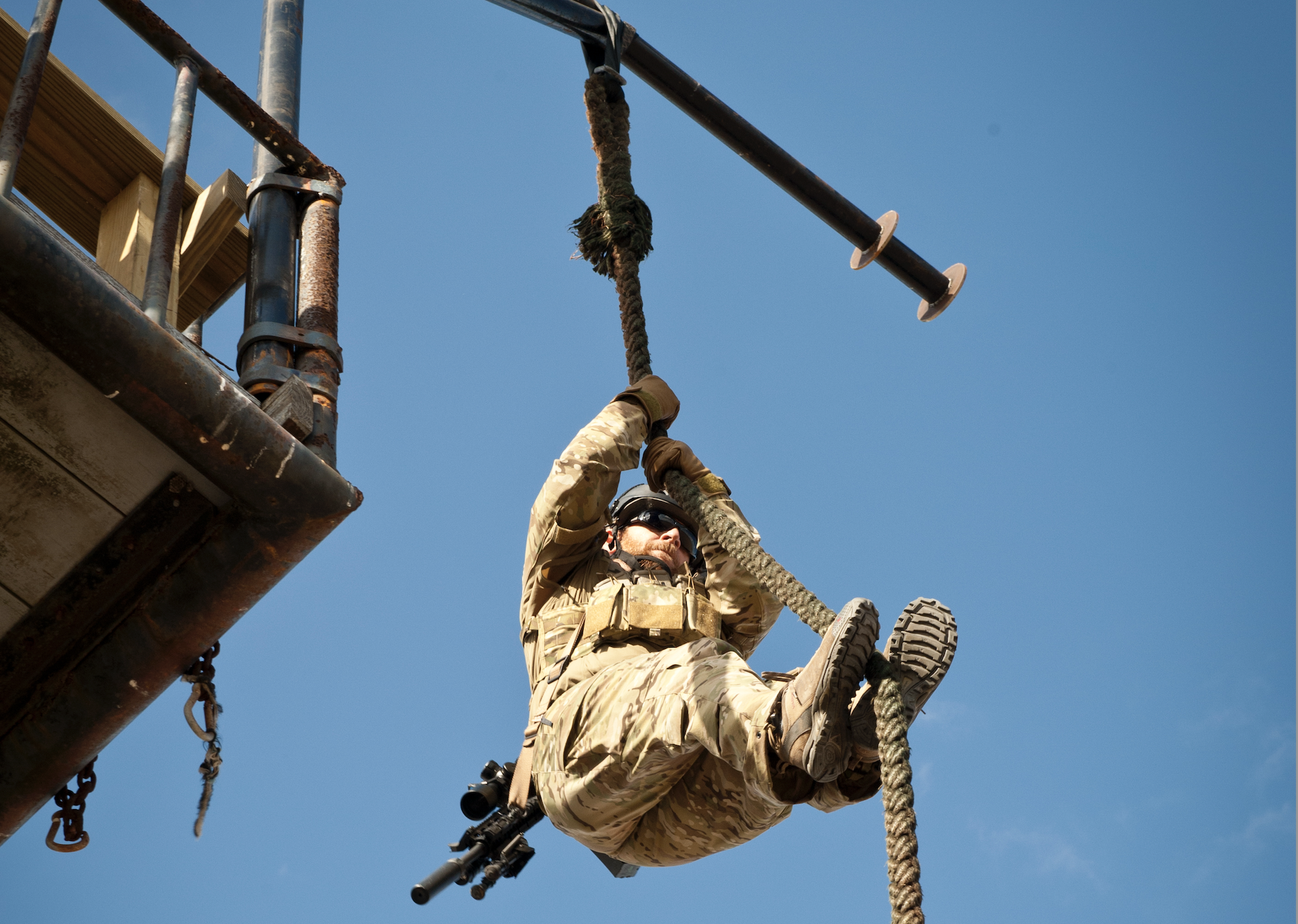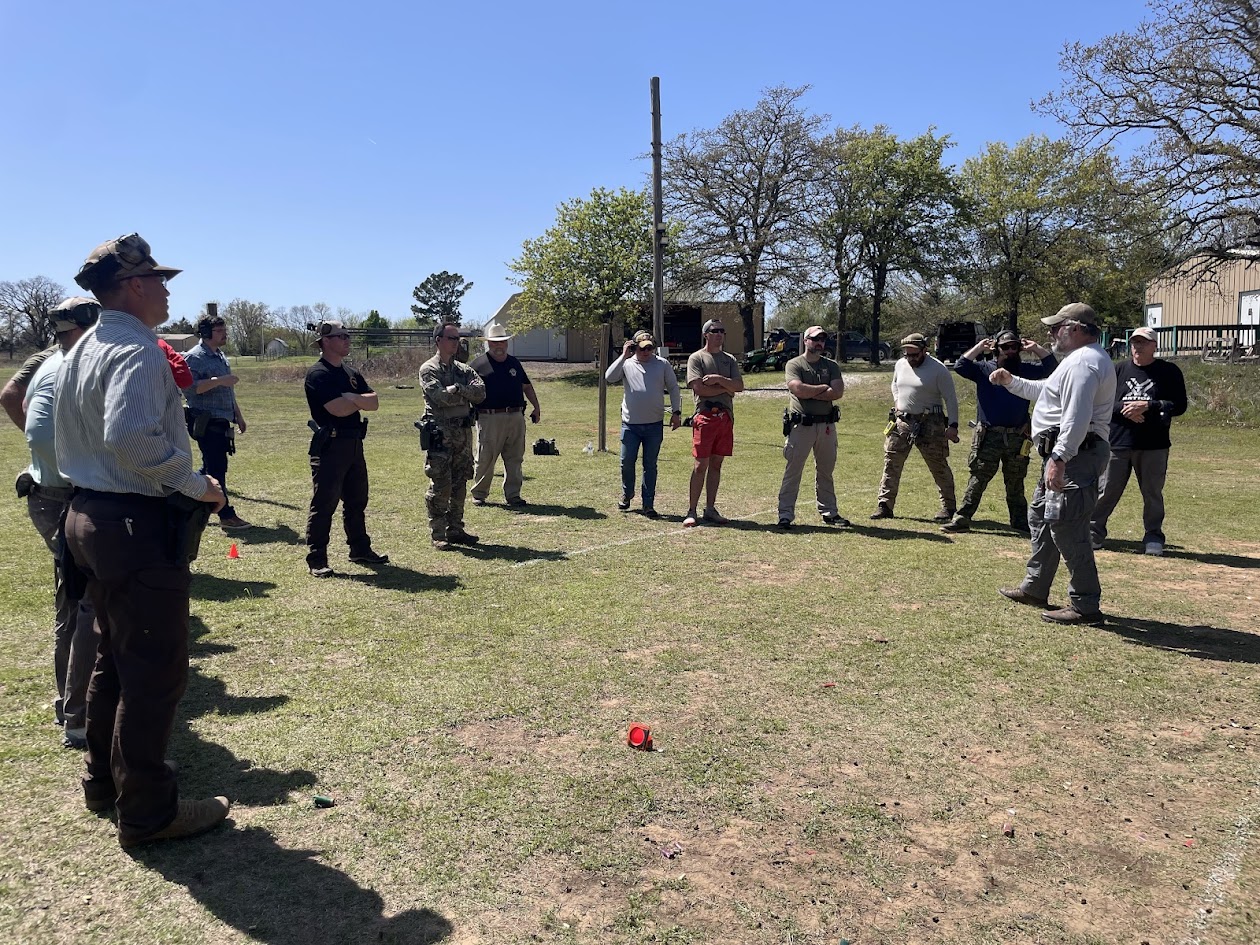
ACJF10_Back-Up-Guns-2-800
I did the cop-thing for about a decade and since then have continued to teach firearms tactics and work with law enforcement officers for an additional 30 years. Over the last 40 years some things have changed, yet many things haven’t. It’s often referred to as “100 years of tradition, unimpeded by progress.” For police, there’s always a re- quest to do more with less. The load continues to grow by leaps and bounds with everything from community policing, gang intervention, the drug war, keeping current on all aspects of the law, and my personal favorite: the political correctness and cultural diversity stuff. Someplace in this maze of stuff is the gun-thing, which some cops hold in disdain as a necessary evil, while many others like the idea of being able to defend themselves.
Baseline guns for street cops are their personal handguns and although not always the best tool for a fight, are at least with the officer when the fight starts. In response to a short-range threat the officer can be injured or lose their primary gun. This brings up the subject of a back-up or second gun.
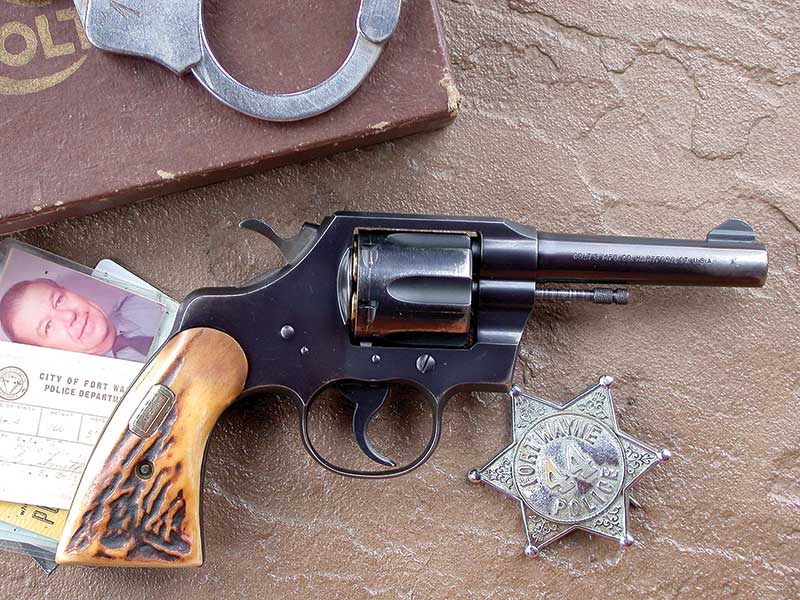
The back-up gun concept isn’t a new one. In the 1950s, Clint’s dad carried this Colt in his duty holster, but kept a Detective Special in his uniform pocket as added insurance.
ONE IS NONE, TWO IS ONE?
First of all comply with your department’s policies. Are you permitted to carry a back-up gun, in what format? Second, remember the unwashed village idiots think cops carry back up guns only to use them as a throw-down. This myth is easy to dispel by properly documenting your second gun with your department. These guns do have a place and they work — just ask the California officer who in recent years stopped a club-wielding twit by using his second gun at a local high school.
How and what to carry is another consideration. I have an acquaintance who worked in Los Angeles in a severe undercover mode. He carried two full sized 4506 S&W pistols … and he used them both. Another friend, whose cover unit is often a solid 100 miles away, uses a mini Glock in the same caliber as his primary gun. Even my dad, who started his police career in 1955, carried a Colt Detective Special in his left front pant pocket while a 4″ Official Police filled his holster in a strong-side carry. The subject of caliber always starts a fight with-in the ranks based upon whats the most effective tools. Arguments range from concealability, size of the gun and caliber, to ammunition/magazine interchangeability. My slow-witted mental process allows for me to consider if I’m going to a second/back-up gun, something significant happened to my “main” gun, therefore I don’t want to go much further down the handgun-power food chain than what I started the fight with. A second gun could be called upon to be used after you’re injured or on the ground in a fight, so a major concern is reliability. Either hand accessibility is a priority and bluntly, with many LEOs today being able to stand losing some weight, placement of the second gun might depend on these as well as other issues.
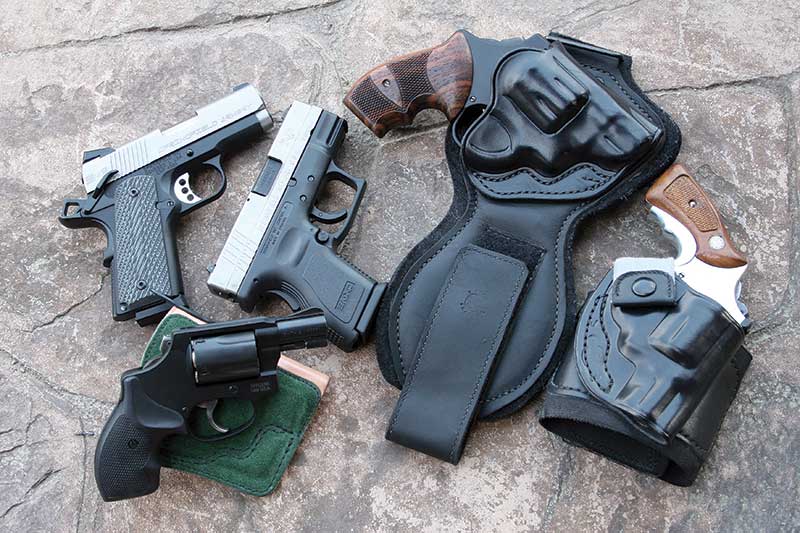
Like most things having to do with personal fire-arms, holsters are very subjective. It may take some shopping around and buying (and tossing) some rigs before you settle on what works for you.
THE GUNS
Officers should select a gun based on what they’re willing to bet their life on — because they might have to. Being on a range almost daily I’m not always a proponent of small autopistols. If I were inclined to use a small auto, I’d use the 9mm caliber as my bottom line. The small autos are particularly sensitive to recoil-impulse during one-hand operation. I’m not saying they can’t be used — I’m saying you damn well better hang on to the gun and pay attention to it while you’re running it. And remember, muzzle contact to the threat can cause interruption in the operation cycle of a semiauto pistol by pushing the slide back, out of battery. And it doesn’t take much movement to do it.
Revolvers usually hold less ammunition and are served well by good ammo, so they may be pushed up to more effective levels. Revolvers are not as sensitive to recoil to function properly and they are, across the board in all environments, more dependable. They’re not affected by muzzle contact — if anything, they work better should muzzle contact to the threat occur. Hammerless or bobbed hammers and double action only triggers are best. A personal choice is a S&W 2″ Model 327 8-shot .357 magnum loaded with CorBon Pow’R ball .38+P carried in a Five Shot Leather ankle holster.
HOLSTER PLATFORM
Top priority for holster consideration is it must be worn where you can access it with either hand and from any position. Cop killers often close-ground with downed officers and shoot them with a muzzle-contact shot in the head. This isn’t pleasant, then again it’s the truth — so if you’re down and have any degree of awareness, you should anticipate the threat will close on you. Be prepared to access the second gun and drain the ammunition supply into the opponent when they’ve arrived in close proximity.
Options for carry could be strong side or opposite side trouser pocket, but duty belts usually impede access. Ankle holsters are my favorite, allowing good access with either hand while sitting in the car, but I practice. Will you? Some uniform shirts have front zippers and I’ve seen second guns in holsters under the shirt and on the vest, either under-arm or centered. Guns here may add bulk or a bit of discomfort, but a gun isn’t supposed to be comfortable.
Department policies and procedures should mandate both qualification and training with second guns, and if yours doesn’t, practice any-way. I know a couple officers who have been in gunfights before and they do not carry small backup guns. Somewhere in this gun equation, cops need to understand a second gun is a tool that can save their life as well as any seat belt, helmet or radio ever made.


 (0 rating, 2 votes)
(0 rating, 2 votes)